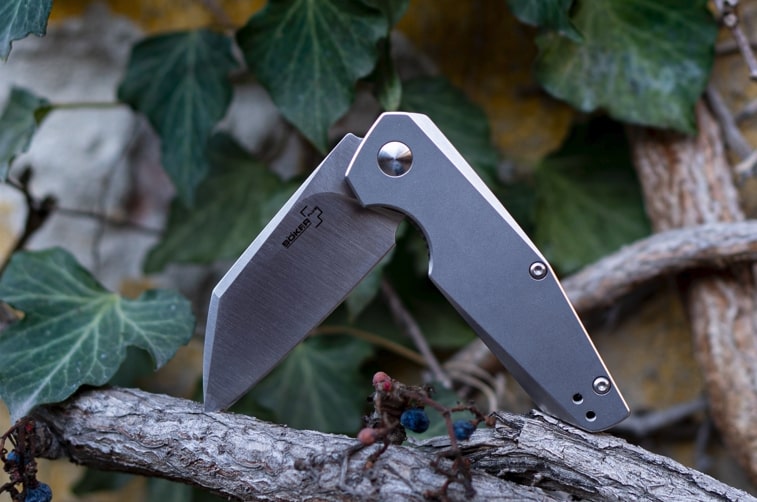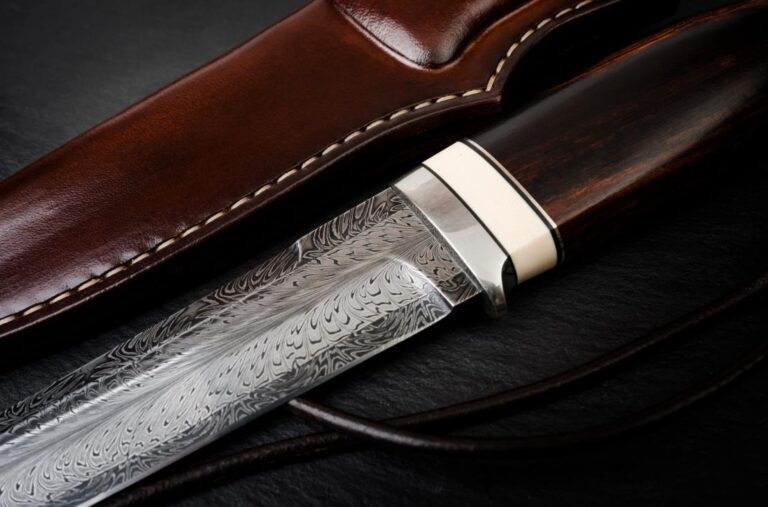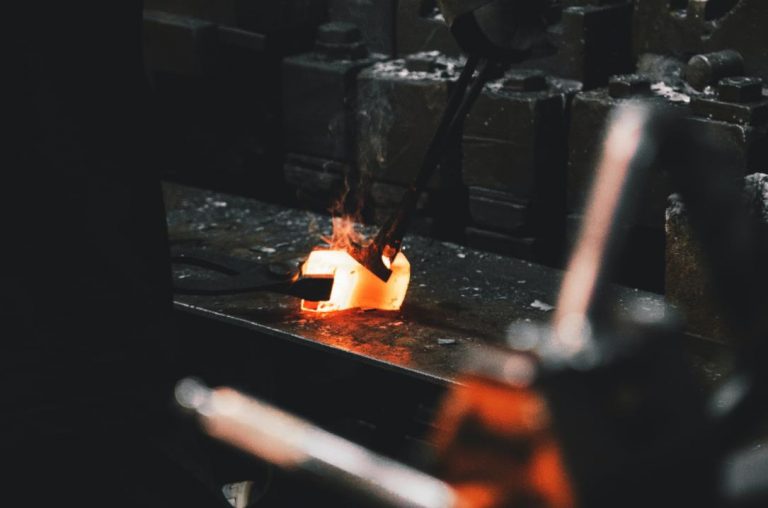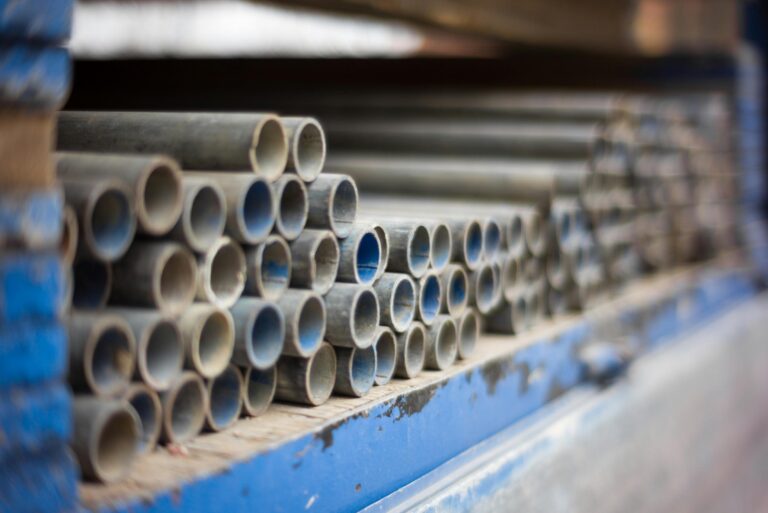When choosing a pocket knife, the locking mechanism is a pivotal feature that ensures safety and functionality during use. Two common types of locks you might encounter are the frame lock and the liner lock, each with its distinct characteristics and advantages. A frame lock is typically integrated into the knife handle itself, which is usually made of a metal alloy, providing a robust and sturdy lock-up for the blade. Conversely, a liner lock uses a separate thin metal liner inside the handle, which moves into place to secure the blade when opened.
Understanding the differences between these locking mechanisms can help you select a pocket knife that suits your needs and preferences. Frame locks are known for their strength and durability, often being preferred for heavier-duty tasks. On the other hand, liner locks are easily operated with one hand and are more lightweight, making them a favorite among everyday carry enthusiasts for general-purpose use. The choice between a frame lock and a liner lock also affects the overall design and feel of the knife, as well as how the knife is handled and carried.
Maintenance and longevity are also considerations to take into account. Frame locks are generally simpler to clean and maintain due to their open construction. Liner locks, while still durable, may require more attention over time as the mechanism involves more moving parts and potential for wear. Therefore, your planned use and care commitment can guide your decision between the convenience of a liner lock and the resilience of a frame lock. If you are interested in a more in-depth review, and the specifics of each locking mechanisms, read on!
What’s a pocket knife lock?
Pocket knife locks serve as critical components that significantly influence both the safety and functionality of these versatile tools. Various locking mechanisms cater to different needs, emphasizing factors such as durability, utility, and ease of use. For those prioritizing robustness, frame locks are a popular choice. These locks involve a sturdy portion of the knife’s frame moving behind the blade to securely hold it in place, ensuring durability in challenging situations.
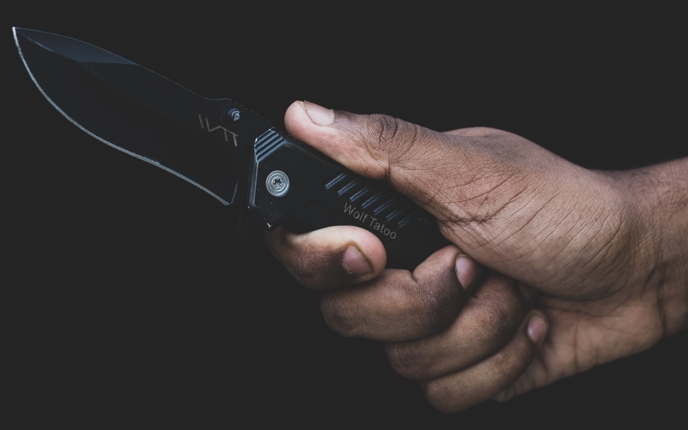
Conversely, liner locks offer a balance between strength and utility. These locks incorporate a thin metal liner within the handle, engaging with the base of the blade for stability while allowing for easier one-handed operation. Understanding the nuances of these locks empowers users to make informed decisions based on their specific preferences and requirements, enhancing the overall utility and satisfaction derived from pocket knives.
Buy Wholesale Knives and Start Scaling up with Us Today
Contact us and connect with a sales rep to get a free quote.
What is a frame lock?
When selecting a pocket knife, you’ll frequently come across models equipped with a frame lock, a favored option among everyday consumers. Renowned for its sturdy construction and user-friendly design, this locking mechanism ensures the blade remains securely open and stable during usage.
Design and function of frame locks
The frame lock mechanism involves part of the knife handle moving into place behind the blade when it’s open, creating a lockup that prevents the blade from closing accidentally. This piece is typically made of metal and is integral to the knife’s frame, hence the name. When you open the knife, the tension in the frame works to wedge the locking piece in place against the blade, with the greater the tension typically indicating a stronger lock.
Advantages of frame locks
One of the primary advantages of a frame lock is its strength. Since the lock entails the knife’s frame, it is often more durable than locks that use smaller, separate components. The sturdy metal of the frame also means that the lock can withstand significant force, providing a high level of safety during demanding tasks. Additionally, the design allows easy engaging and closing of the knife with one hand, making the frame lock popular for its practicality.
Disadvantages of frame locks
However, frame locks are not without drawbacks. Constant tension and frequent use can lead to wear, potentially leading to a less reliable lockup over time. Moreover, frame locks can be heftier than other types of locks, adding to the overall weight of the knife. It’s also important for you to periodically check the tension of the lock since insufficient tension can result in blade play or unintentional folding, potentially compromising the knife’s safety.
What is a liner lock?
When you handle a pocket knife featuring a liner lock, you’re engaging with a locking mechanism designed for safety, strength, and ease of use. The liner lock operates by utilizing a section of the knife’s liner, typically made of strong metal, to create a sturdy barrier against accidental closure.
Design and function of liner locks
Liner locks function by the inward tension of a thin, spring-like liner made of metal. When you open the knife, the liner moves over and the tension keeps it in place, buttressing the bottom of the blade and preventing it from closing. This design effectively completes the lockup of the knife, ensuring your safety during use.
Advantages of liner locks
When considering the advantages of a liner lock in a pocket knife, one notable feature is its ease of use. The ability to engage and release the liner lock with just one hand offers a convenient and efficient experience, leaving the other hand free for various tasks. Additionally, liner locks contribute to a lightweight construction as they typically use less metal than frame locks. This characteristic not only reduces the overall weight of the knife but also enhances its portability. The slim profile of liner lock knives further adds to their appeal by minimizing bulk, ensuring a pocket-friendly design that doesn’t compromise on functionality.
Disadvantages of liner locks
Despite their generally robust nature, liner locks come with certain strength limitations compared to other lock types, notably frame locks. While they offer considerable strength, liner locks may not endure as much pressure, making them less suitable for heavy-duty applications. Another factor to consider is the wear over time, particularly in the metal liner. Extensive use may lead to gradual wear and tear, potentially diminishing the lockup effectiveness. It’s important for users to be mindful of these considerations and assess their specific needs when choosing a pocket knife to ensure optimal performance over the long term.
Comparing frame lock and liner lock

When evaluating frame lock and liner lock mechanisms in pocket knives, you’ll consider their mechanical design, material robustness, functionality, and your budget.
Mechanics
Frame lock: Uses a portion of the knife’s handle — cut to move inwards — to provide resistance behind the blade to keep it open. When you unfold the knife, the frame, typically made of the same steel as the rest of the handle, moves into place to lock the blade.
Liner lock: Has a separate thin liner inside the handle that springs into place once the blade is fully extended. This liner is usually constructed from a different type of steel than the handle.
Buy Wholesale Knives and Start Scaling up with Us Today
Contact us and connect with a sales rep to get a free quote.
Durability
Frame locks: Typically made from steel, frame locks are considered to be very durable due to the design incorporating the handle’s material. The inherent strength of the handle material provides a more secure lockup.
Liner locks: As these locks utilize a separate piece of steel, they can vary in durability. The liner’s material may be different from the frame’s, potentially affecting overall strength.
Ease of use and safety
Frame locks: are often appreciated for the natural grip strengthening the lock, which some consider enhancing safety during use.
Liner locks: require one to manually adjust the thin liner to close the blade, demanding attention to ensure the fingers remain clear from the blade’s path.
Price and availability
Frame lock: frame locks are commonly present in a variety of knives, with a prevalence in more robust and high-end models. This is attributed to the higher production costs and the use of premium materials.
Liner lock: liner locks are frequently encountered across a broad spectrum of knives, ranging from budget-friendly choices to top-tier models. While liner lock knives are readily available in economical price ranges, frame lock knives often command a premium due to the quality of materials and construction involved.
Factors to consider when choosing a pocket knife
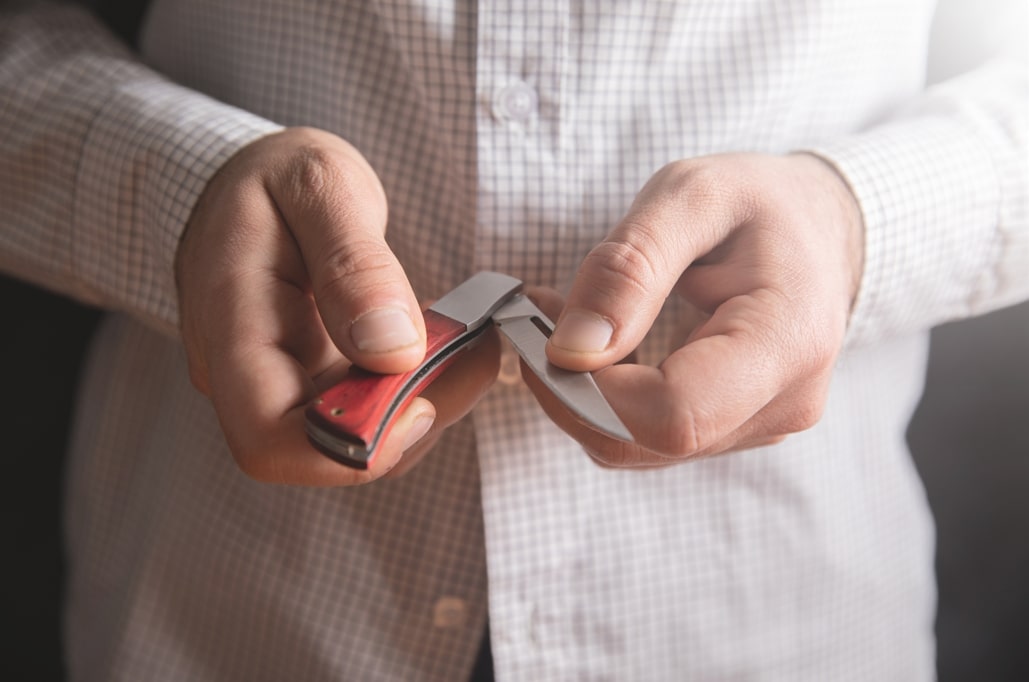
When selecting a pocket knife, whether for personal use or wholesale, it’s important to weigh several factors. These include how the knife feels in your hand, the characteristics of the blade, and the ease of maintenance.
Ergonomics and comfort
Your knife should feel like a natural extension of your hand. Seek knives with handle designs that fit comfortably in your grip. The material of the handle and the design of the handle scales can greatly affect how the knife feels during use. Knives with a contoured or textured grip may provide better hand adherence, decreasing the likelihood of slippage.
Blade specifications
The blade length and type are crucial. A larger blade can handle more demanding tasks, but consider the legality of blade lengths in your area. Select a blade with corrosion resistance, which will fare better in various environments. The blade material should also provide excellent edge retention, minimizing the frequency of sharpening.
Knife maintenance
Regular maintenance is vital to ensure your knife’s longevity and functionality. Knives that are easy to disassemble allow for thorough cleaning and lubrication. The construction should accommodate simple sharpening, with material of the handle and blade affecting the overall care required. Stainless steel, for example, typically resists rust and may require less frequent care.
Wrapping up
Whether it’s a frame lock, liner lock, or other options like bolster lock and axis lock, the decision ultimately revolves around your personal preferences and the intended functionality of the knife.
It’s crucial to note that all locking mechanisms share the same purpose: securely keeping the blade open during use and allowing for easy closure when needed. The most effective approach is to physically handle different lock types whenever possible to gauge which feels more intuitive and secure based on your specific needs, vision for the product, store, and brand.
If venturing into the sale of pocket knives aligns with your interests, don’t hesitate to reach out to us. Contact us promptly to request a quote, explore our catalog of pocket knives, and discover what we can offer to support your endeavors.
